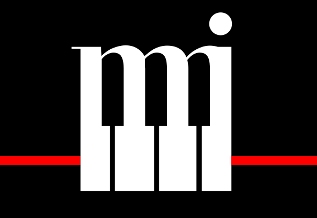A musical scene is defined as a moment in a musical when an entire scene is musicalized. This may mean that the sequence contains one or more songs and/or reprises, including underscored dialogue (if necessary, but not required). The section being musicalized must be a complete scene, with a beginning, middle, and end, and including a dramatic action.
Definitions of dramatic action will keep you awake nights, but the one we use is: The exercise of a character’s will in the face of an opposing force.
Musical scenes are useful when there are multiple conflicting forces on stage at the same time (Think “Tonight” from West Side Story), but they’re not merely crowd scenes. The focus of a musical scene is generally on one character who is working through a problem or confronting a conflict, though there could be multiple characters in action.
Ballads, rhythm/uptempo songs and comedy songs can all serve as the basis for musical scenes. “Tonight” from West Side Story is an example of a musical scene arising from a ballad.
Another example of a musical scene (even though it only involves one character) is “Soliloquy” from Carousel. It begins as a reflective moment and contains elements of charm in the songs “My Boy Bill” and “My Little Girl”. But at the end of the song, the young father-to-be realizes what his responsibilities will be. Consider the final lyrics: “I never knew how to make money/But I’ll try, by God, I’ll try/I’ll go out and make it or steal it or take it/Or die!” The reflection has caused him to make a decision, and we know he will act on it. Definitely a musical scene.
Not all musical scenes need to have such dire consequences as “Soliloquy” does to qualify. “You Must Meet My Wife” from A Little Night Music is a comedic musical scene. During the song, Frederick gives Desiree permission to hate his wife, Anne, by revealing her to be a perfectly horrible little simp, which she is, and Desiree announces her decision, albeit cleverly and comedically, to do the little witch in.
A caution: don’t create a musical scene simply by adding underscoring or vamps to a scene in a book. You want your music to have a dramatic function, and not simply mark time in order to make a scene feel as though it’s a whole musical sequence.
